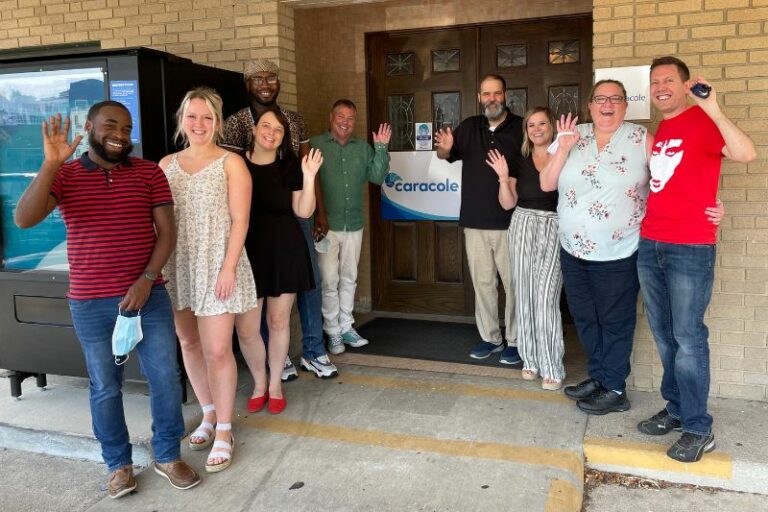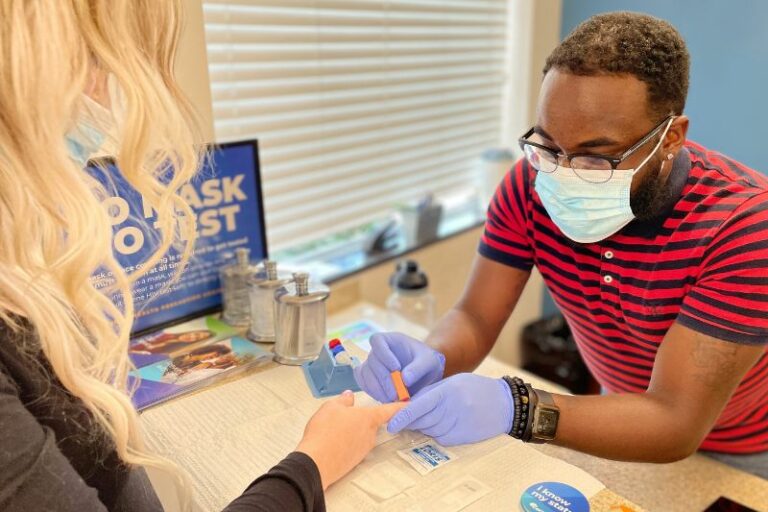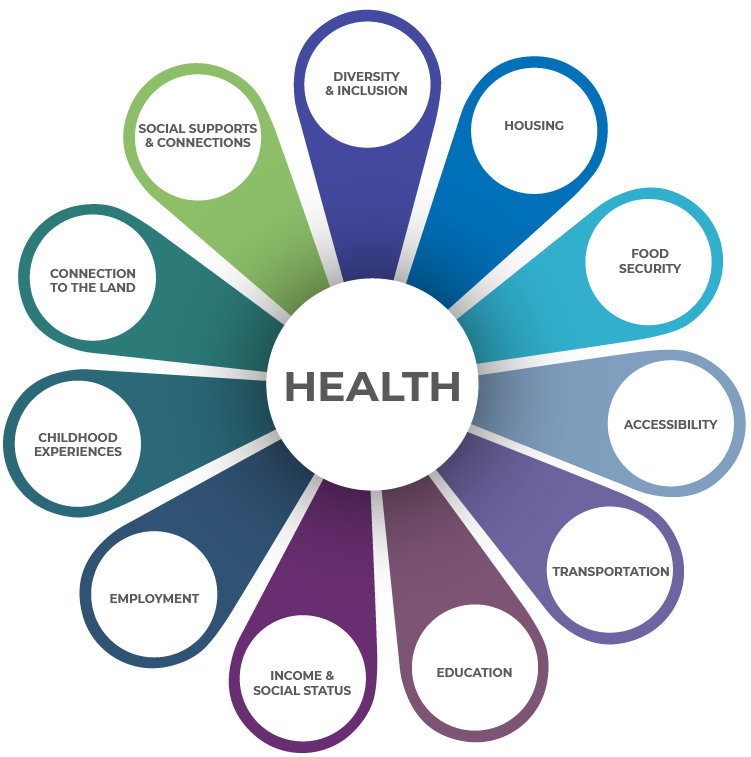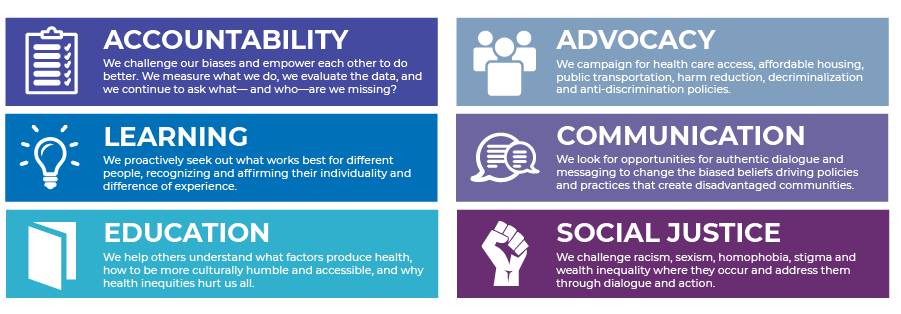We’re having issues with our texting service. Please CALL, do not text, your case manager.

Who We Are
We are Greater Cincinnati’s nonprofit devoted to positively changing lives in the fight against HIV/AIDS.

What We Do
Through HIV prevention, housing and care, our work to end the HIV epidemic is essential to a healthy community.


